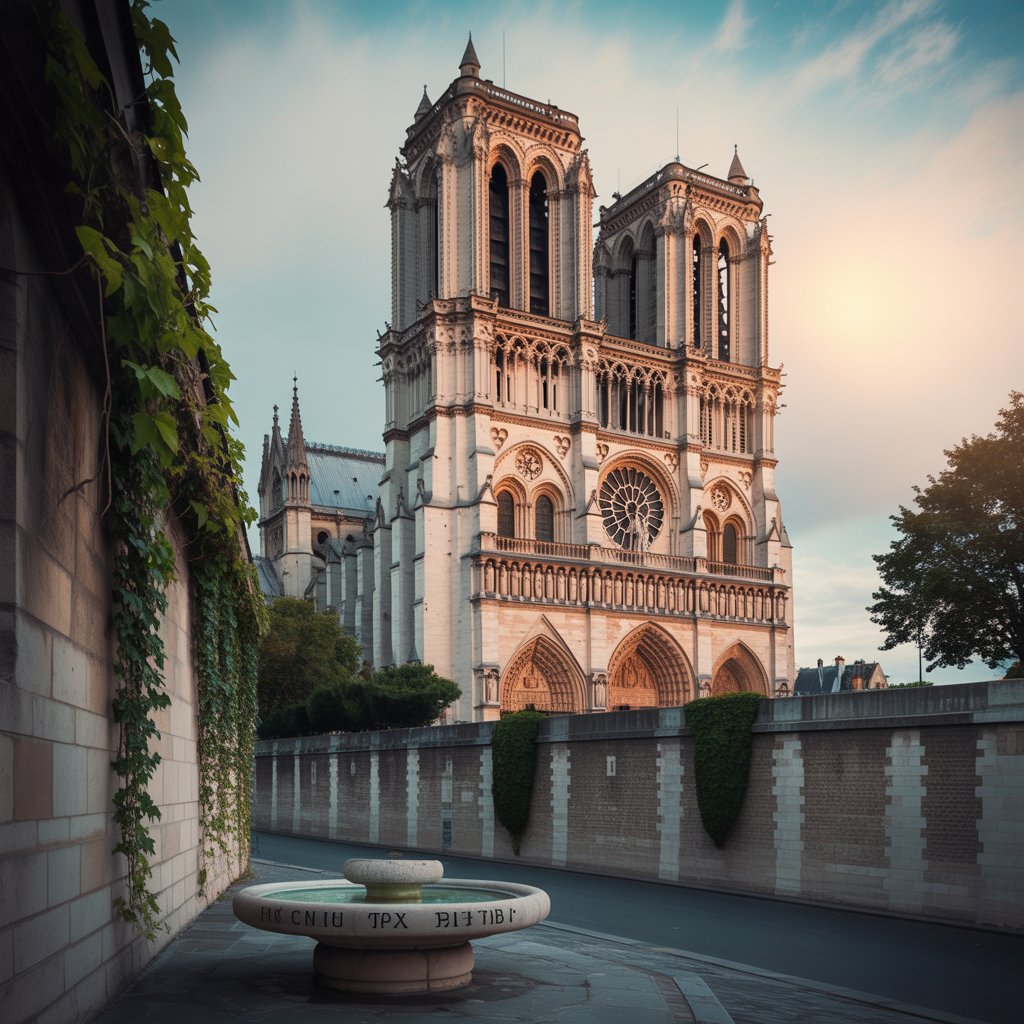Gothic Architecture: Key Characteristics, History & Iconic Examples

Emerging in Europe during the late 12th century and flourishing until the 16th century, Gothic Architecture marked a revolutionary shift from the Romanesque era to a style defined by height, ornamentation, and light. This architectural movement wasn’t just about building structures—it was about creating awe-inspiring spaces that combined faith, culture, and artistry. Today, the influence of Gothic design remains visible across churches, cathedrals, and modern interpretations of the style.
What is Gothic Architecture?
Gothic Architecture is characterized by soaring ceilings, pointed arches, ribbed vaults, flying buttresses, and stained-glass windows. Unlike the heavy walls of Romanesque design, Gothic buildings used thinner walls reinforced by external supports, allowing architects to reach new heights both literally and symbolically. Most commonly associated with cathedrals and churches, this style became a visual expression of faith and power during medieval Europe.
The Origins and Development of Gothic
The style originated in 12th-century France, particularly with the Basilica of Saint-Denis, and quickly spread across Europe. Initially called Opus Francigenum (French Work), it was only in the 16th century that it became known as “Gothic.” Its rise was fueled by a desire to escape the limitations of Romanesque architecture and create ethereal spaces filled with light and grandeur. The cultural atmosphere of the medieval period, combined with the influence of the Catholic Church, helped Gothic Architecture flourish as both an artistic and spiritual movement.
Characteristics of Gothic Architecture
While designs varied by region and period, several hallmark features defined the era:
- Pointed Arches – More efficient at distributing weight than rounded arches, creating taller, more dramatic structures.
- Flying Buttresses – External supports that allowed thinner walls and massive stained-glass windows.
- Ribbed Vaults – Innovative ceiling designs that spread weight evenly and enabled taller, wider spaces.
- Stained Glass Windows – Telling biblical stories through vibrant colors and light-filled interiors.
- Elaborate Ornamentation – Gargoyles, sculptures, spires, and detailed carvings showcasing the skill of medieval artisans.
These features combined to produce structures that were not only functional but also works of Gothic Art, blending faith with creativity.

5 Key Elements of Gothic Design
- 1. Pointed arches for vertical emphasis.
2. Ornate decoration including statues and carvings.
3. Interiors filled with natural light through stained glass.
4. Strong symmetry and proportion in layouts.
5. Verticality that draws the eye upwards, symbolizing a connection to the divine.
Famous Names and Architects of the Gothic Era
Figures like Abbot Suger, often credited as the father of Gothic Architecture, played key roles in shaping the movement. Later, architects such as Antoni Gaudí brought Gothic ideas into the modern age, merging traditional techniques with experimental approaches.
Iconic Examples of Gothic Architecture
Some of the most prominent structures that define the Gothic era include:
- Notre-Dame de Paris, France – A masterpiece with flying buttresses, rose windows, and intricate sculptures.
- Salisbury Cathedral, UK – Known for its towering spire and medieval clock.
- Milan Cathedral, Italy – A monumental project that took centuries to complete.
- Santa Maria del Fiore, Italy – Famous for Brunelleschi’s iconic dome.
- Westminster Abbey, UK – A blend of faith, tradition, and Gothic Art.
- Chartres Cathedral, France – Celebrated for its stained-glass windows and labyrinth design.
The Legacy of Gothic Architecture
The legacy of Gothic Architecture lies in its ability to merge engineering with artistry. These cathedrals and buildings stood as symbols of devotion, community, and cultural power. Even today, the verticality, ornamentation, and grandeur of Gothic design inspire architects, artists, and fashion creators alike. Beyond architecture, Gothic Art continues to shape literature, fashion, and modern subcultures, proving that this medieval style is timeless.
Recent Posts
Categories
Related Articles
Ultimate Style Guide: Emo & Pop Punk Fashion with Black Emo Pants and Tripp Pants
Emo and Pop Punk aren’t just music genres—they’re entire lifestyles. From dark,...
ByemopantsOctober 6, 2025The Famous 2000s Emo Fashion — Is It Back with Emo Pants?
The 2000s were iconic for many reasons, but nothing defined that era...
ByemopantsOctober 6, 2025What It Really Means to Be Emo: Style, Culture & the Power of Emo Pants
Emo isn’t just a genre of music—it’s a way of life, a...
ByemopantsOctober 6, 2025Free Music Festivals in California & The Perfect Vibe with Emo Pants
California is more than beaches, palm trees, and Hollywood stars—it’s also home...
ByemopantsOctober 6, 2025
















Leave a comment